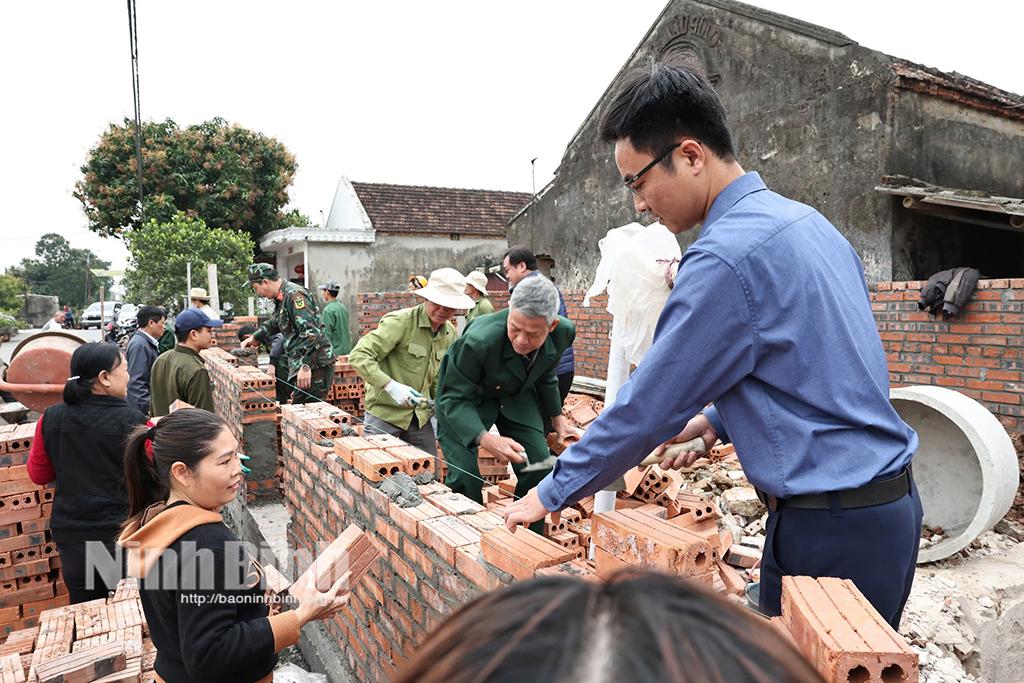In Vietnam, agricultural and rural tourism has been gaining more attention, particularly for school trips, weekend tours for families and young groups, as well as experiential tourism for visitors from major cities and international tourists. Currently, there are 36 community tourism services recognised as 3-4 star OCOP services, 365 rural tourism destinations, and 73 tourism routes that integrate rural tourism. This sector attracts 5-15% of the tourism labour force.
International visitors often favour community tourism and ecotourism linked with national parks, while domestic tourists are drawn to destinations that represent regional specialities, such as orchard tourism, community tourism, craft villages, and ecotourism connected with national parks, nature reserves, and farms.
Le Quoc Thanh, Director of the National Agricultural Extension Centre, stated, “Vietnam’s agriculture is incredibly diverse and rich, with each region having unique ecological characteristics and products. These are favourable conditions for developing agricultural tourism. However, we must start with agricultural products to succeed in agricultural tourism. Farmers need to gain knowledge about tourism to create diversity and effectiveness.”
Thus, the agricultural extension system has been supporting farmers to access tourism knowledge, enabling them to attract tourists through production activities. At the same time, it provides opportunities for tourists to experience and connect with these production activities.
A pressing issue today is whether tourism practitioners should learn about agricultural production or whether farmers should learn about tourism. This integration requires merging both fields: agricultural producers need tourism knowledge, and tourism professionals must understand agriculture. Such integration will enable the development of more effective and sustainable agricultural tourism.
Nguyen Ngoc Dam, Director of the Hai Phong Agricultural Extension Centre, emphasised, “Combining agricultural production with tourism is a suitable direction to enhance land productivity and farmers’ income. Several agricultural production areas in Hai Phong are transitioning towards tourism and service-oriented value chains. For example, converting low-yield rice fields to grow flowers combined with experiential tourism.”
Initially, Hai Phong is focusing on peri-urban areas to attract city tourists and visitors from neighbouring provinces. Priority is given to regions with favourable conditions for developing community-based and experiential tourism for students, offering them a chance to explore and learn about rural farming activities.
Do Van Sanh, Director of Hoa May Sanh Agricultural Cooperative in An Duong District, Hai Phong, shared, “With 14 hectares of farmland previously used for low-yield rice cultivation, we transitioned to growing high-income flowers. The cooperative now produces various flowers, such as sunflowers, lilies, delphiniums, petunias, eustomas, and gerberas, following rotational cropping to meet seasonal and market demands. Since switching to flower cultivation, economic efficiency has increased three to four times compared to rice farming. Notably, after participating in agricultural tourism experiences in Vietnam and abroad, I decided to adopt this model.”
The cooperative’s flower-growing model has attracted many tourists for sightseeing and experiential tourism. Visitors can admire the flowers, take photos, and purchase flowers and agricultural products directly from the cooperative, further increasing their value. The cooperative earns hundreds of millions of VND in revenue, with profits ranging from 60 to 70 million VND monthly after expenses.
Despite its potential, the development of agricultural and rural ecotourism faces numerous challenges. Most locations operate on a small scale and rely on existing resources. Policies to attract investment in ecological agriculture are not yet aligned with practical needs. Rural tourism models lack connections with professional travel agencies, and building ecotourism infrastructure requires significant investment, which many organisations and individuals find challenging.
Additionally, the capacity to manage and operate ecotourism and community models remains limited. Many rural tourism sites are in remote areas with underdeveloped transportation and utility services, making access difficult for tourists. In some localities, rural tourism models have developed spontaneously without proper government oversight.
To maximise the benefits of agricultural and rural ecotourism, government agencies, ministries, and localities need to address challenges related to mechanisms and policies, particularly in attracting investors to this sector. Strengthening links between businesses and communities is essential to developing agricultural and rural tourism. This collaboration will allow rural communities to participate in the tourism value chain and diversify tourism products and routes.
Moreover, it is crucial to provide training and support to enhance the business capacity of families and enterprises. Agricultural and rural tourism promotion should be conducted professionally and on a large scale to attract domestic and international tourists. Development in this sector must leverage science, technology, and digital transformation. Digital technology applications improve service quality and efficiently enhance marketing, management, and product utilisation. Additionally, leveraging resources from rural development programmes, infrastructure, culture, and environmental projects can optimise agricultural and rural tourism development.
